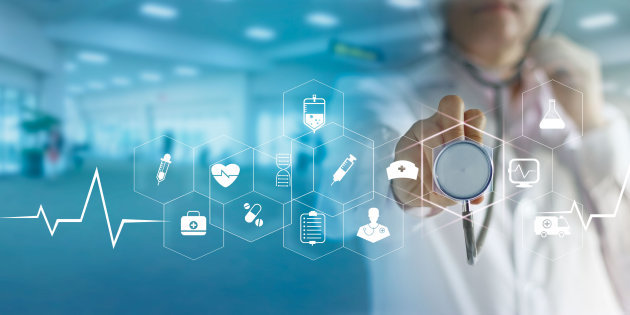Digital health has revolutionized the healthcare industry in Uganda, providing a more efficient and cost-effective way of delivering healthcare services. With the growing adoption of technology in the country, digital health has become a key player in improving access to healthcare, especially in rural areas where access to healthcare facilities is limited.
One of the major challenges facing the healthcare industry in Uganda is the shortage of healthcare workers, particularly in rural areas. This has led to long waiting times and limited access to healthcare services for many individuals. However, with the use of digital health technologies, healthcare workers can remotely diagnose and treat patients, reducing the need for physical visits to healthcare facilities.
Applications of Digital Health in Uganda.
One example of this is the use of telemedicine, which allows patients to consult with healthcare professionals over the phone or through video conferencing. This has been particularly useful for patients with chronic conditions such as diabetes and hypertension, who may require regular check-ups and consultations with their healthcare providers. Telemedicine has also been used to provide mental health services, including counseling and therapy, to individuals in remote areas. Rocket Health Africa is the leading provider of Telemedicine services in Uganda covering the bigger part of the country.
In addition to telemedicine, digital health has also been used to improve the efficiency of healthcare delivery in Uganda. For example, Electronic Medical Records (EMRs) have been implemented in many healthcare facilities, allowing healthcare workers to easily access and update patient information, improving patient care and reducing the risk of errors. Some of the EMRs that operating in Uganda are Clinic Masters, Uganda EMR (Open MRS), Integrated Facility Information Management System among others.
Another important aspect of digital health in Uganda is the use of mobile health (mHealth) technologies. These technologies, such as mobile apps and SMS-based systems, allow individuals to access healthcare information and services on their phones. For example, the Ministry of Health in Uganda has developed a mobile app called “Hema Health,” which provides information on a range of health topics, including maternal and child health, HIV/AIDS, and malaria. The app also allows individuals to track their own health and access healthcare services, such as booking appointments and ordering medication.
The adoption of digital health technologies in Uganda has also been supported by the government, with the Ministry of Health launching the “Digital Health Strategy” in 2016. This strategy aims to improve access to healthcare through the use of digital technologies, including telemedicine, EHRs, and mHealth. The strategy also aims to build the capacity of healthcare workers in the use of these technologies, ensuring that they are able to effectively utilize them to improve patient care.
Notable Challenges with Digital Health in Uganda.
Despite the many benefits of digital health in Uganda, there are also challenges that need to be addressed. One major challenge is the lack of infrastructure and internet connectivity in many parts of the country, which limits the use of digital health technologies. There is also a need to ensure the security and privacy of patient data, as well as to address concerns around the cost of implementing and maintaining digital health technologies.
Overall, digital health has the potential to significantly improve access to healthcare in Uganda and to improve the efficiency and quality of healthcare delivery. By leveraging the power of technology, healthcare workers can reach more patients, providing them with the care they need, regardless of their location. As the adoption of digital health technologies continues to grow in Uganda, it is important to address the challenges and ensure that they are used effectively to improve the health of the population.

